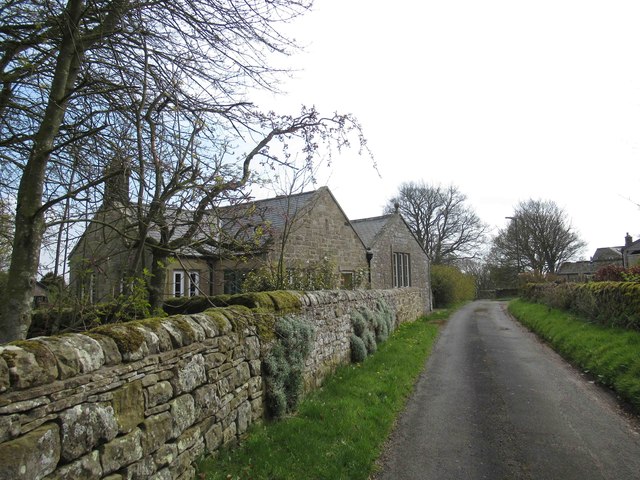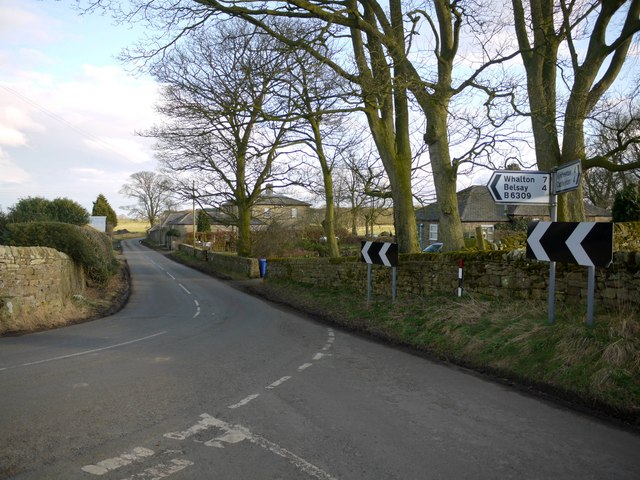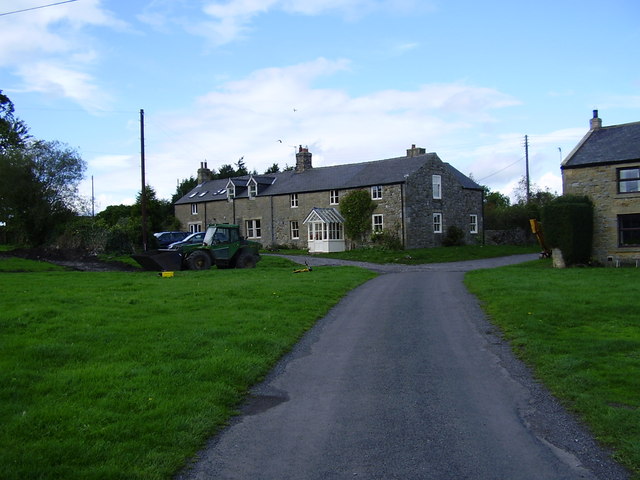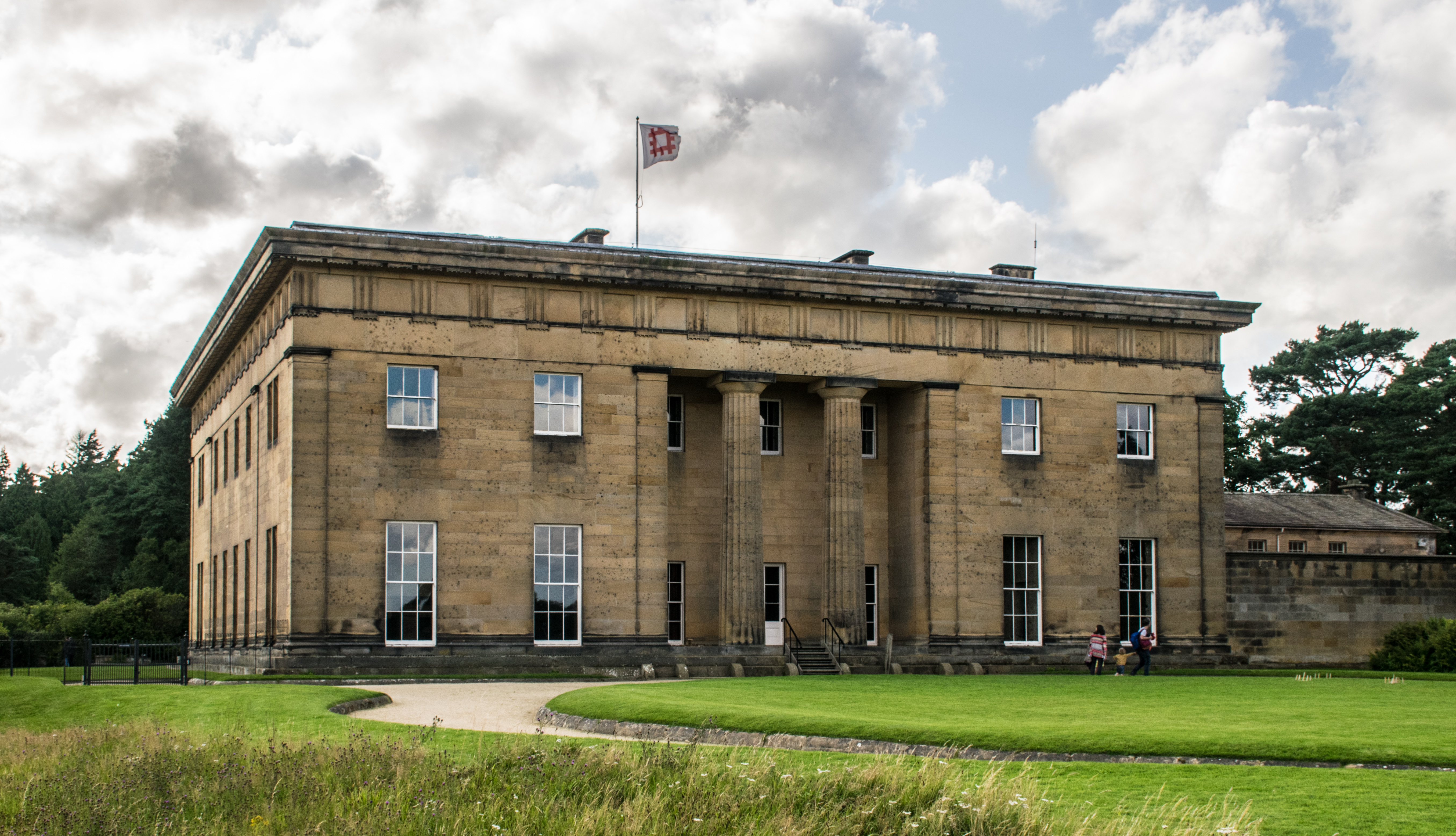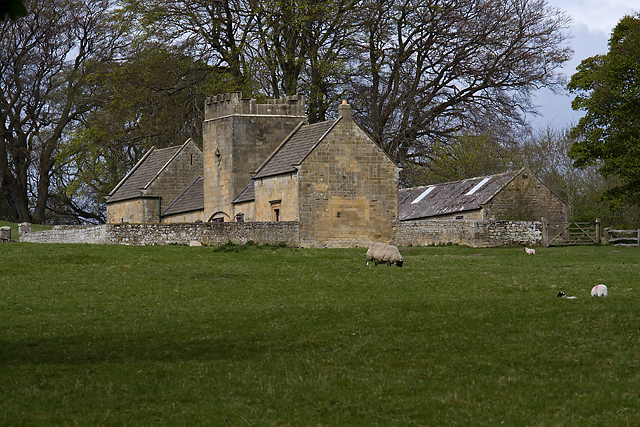Bellridge Fell
Downs, Moorland in Northumberland
England
Bellridge Fell

Bellridge Fell is a prominent geographical feature located in the county of Northumberland, England. Situated in the northern part of the county, it is part of the Northumberland National Park and is characterized by its rolling downs and moorland landscape.
Covering an area of approximately 10 square miles, Bellridge Fell is known for its rugged beauty and unspoiled wilderness. The landscape is dominated by heather-covered moorland, interspersed with patches of grassland and scattered rocky outcrops. The fell is also home to a variety of wildlife, including red grouse, curlews, and golden plovers, making it a popular destination for nature enthusiasts and birdwatchers.
The terrain of Bellridge Fell is undulating, with the highest point reaching an elevation of 1,500 feet. This elevation provides stunning panoramic views of the surrounding countryside, including the Cheviot Hills to the west and the North Sea to the east. The fell is crisscrossed by a network of footpaths and trails, allowing visitors to explore its natural beauty on foot.
In addition to its natural attractions, Bellridge Fell also holds cultural significance. The area contains several ancient monuments and historical landmarks, including Bronze Age burial mounds and the remnants of old shepherds' huts, providing a glimpse into the region's rich history.
Overall, Bellridge Fell offers a unique blend of natural beauty, tranquil surroundings, and historical interest. Whether it is hiking, birdwatching, or simply enjoying the peacefulness of the moorland, visitors to Bellridge Fell are sure to be captivated by its charm and splendor.
If you have any feedback on the listing, please let us know in the comments section below.
Bellridge Fell Images
Images are sourced within 2km of 55.080827/-1.9220275 or Grid Reference NZ0576. Thanks to Geograph Open Source API. All images are credited.







Bellridge Fell is located at Grid Ref: NZ0576 (Lat: 55.080827, Lng: -1.9220275)
Unitary Authority: Northumberland
Police Authority: Northumbria
What 3 Words
///overtime.grounded.scream. Near Meldon, Northumberland
Nearby Locations
Related Wikis
Black Heddon
Black Heddon is a village and former civil parish, now in the parish of Belsay, in the county of Northumberland, England. It is situated to the north-west...
Fenwick Tower, Northumberland
Fenwick Tower was a 12th-century tower house at Fenwick, Matfen, Northumberland, England. The house was the home of the Fenwick family from the 12th century...
Kirkheaton, Northumberland
Kirkheaton (English: ) is a village and former civil parish, now in the parish of Capheaton, in the county of Northumberland, England. The village lies...
Ryal, Northumberland
Ryal or Ryall is a village and former civil parish about 13 miles from Hexham, now in the parish of Matfen, in the county of Northumberland, England. In...
Belsay Castle
Belsay Castle is a 14th-century medieval castle situated at Belsay, Northumberland, England. It is a Scheduled Monument and a Grade I listed building.The...
Belsay Hall
Belsay Hall is a Regency style country house located at Belsay, Northumberland. It is regarded as the first British country house to be built entirely...
Bitchfield Tower
Bitchfield Tower or West Bitchfield Tower is a 15th-century medieval pele tower near Belsay, Northumberland, England. It is a Grade I listed building.The...
Capheaton
Capheaton is a village and civil parish in Northumberland, England, about 25 miles (40 km) to the northwest of Newcastle upon Tyne. The population at the...
Nearby Amenities
Located within 500m of 55.080827,-1.9220275Have you been to Bellridge Fell?
Leave your review of Bellridge Fell below (or comments, questions and feedback).




